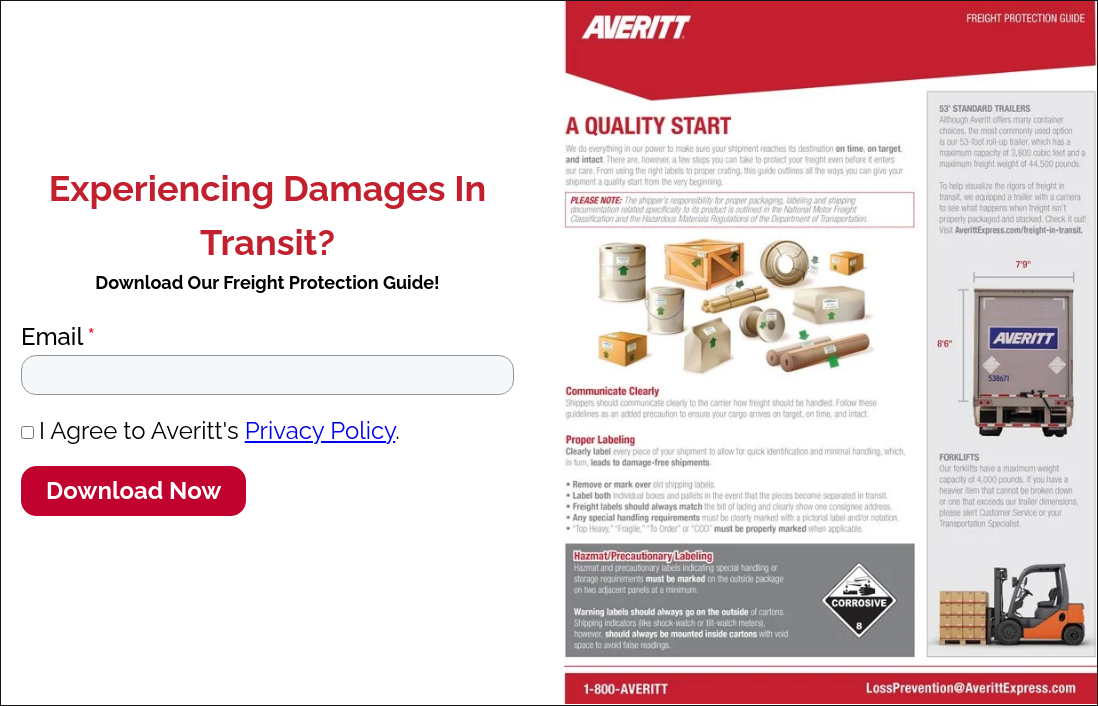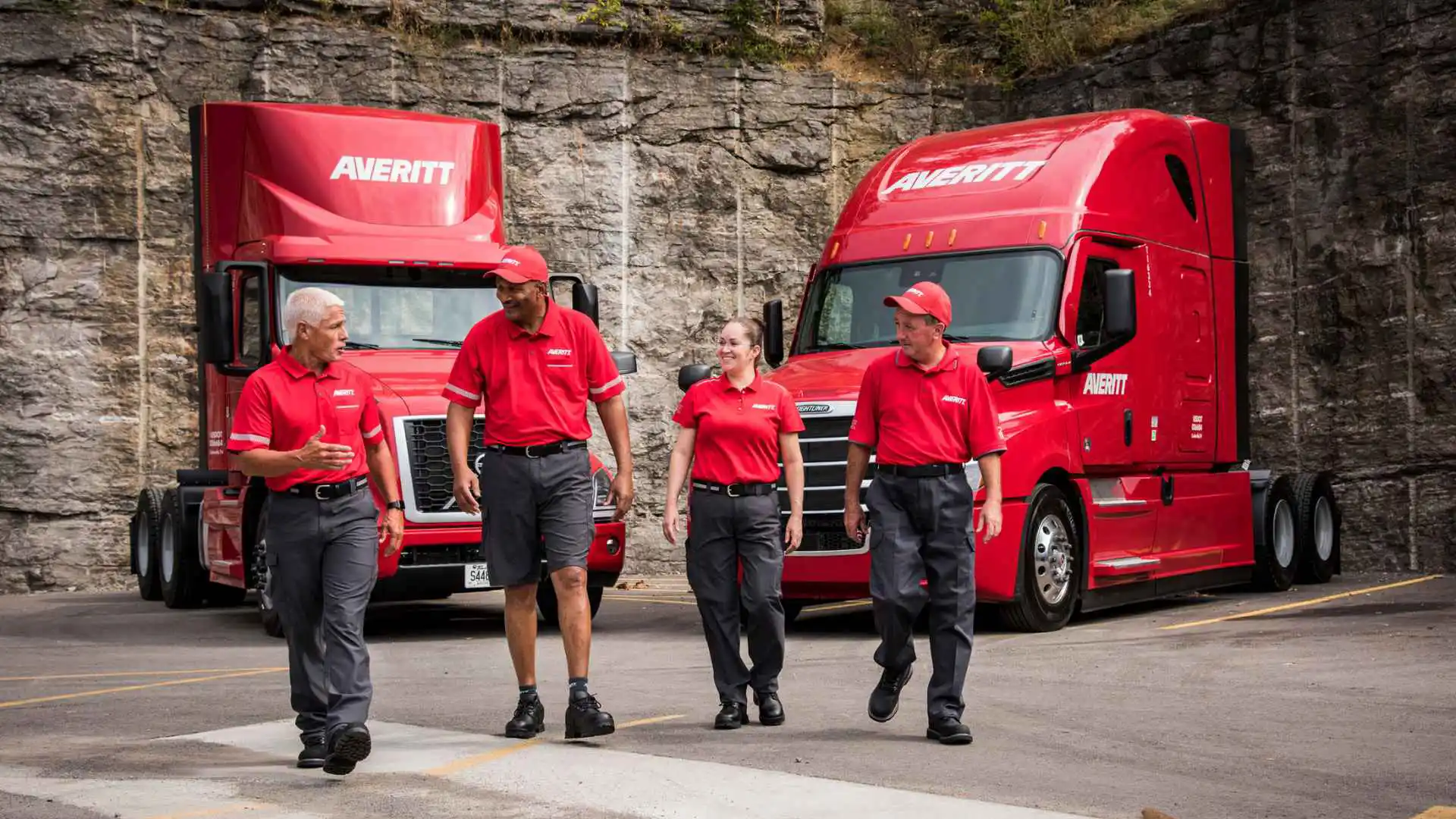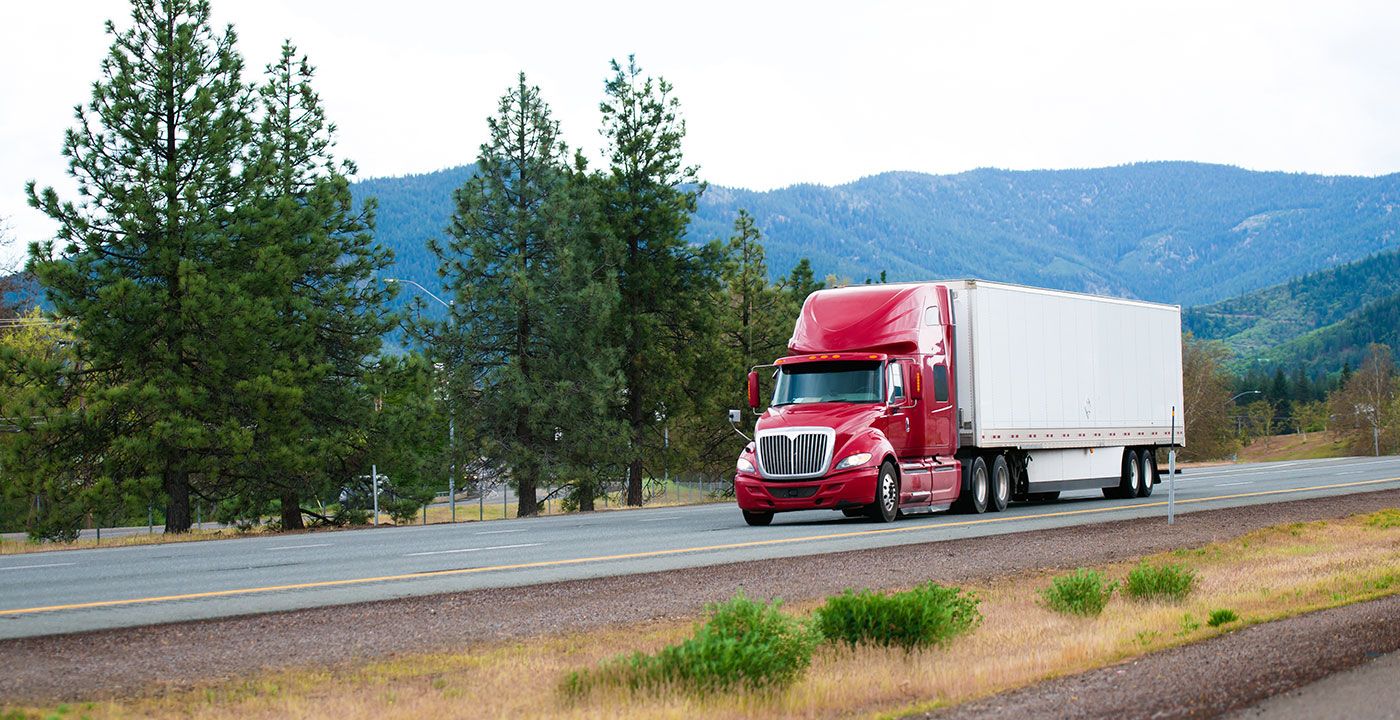When your freight is tendered into the care of your driver, the carrier does all that it can to ensure that it arrives to its destination on time, on target, and intact. To succeed, there are steps that both the carrier and the shipper can take to ensure that your freight moves without unnecessary delay or damage, including: the proper completion of the bill of lading, addressing and handling labels, as well as proper packaging.
To help visualize the rigors of freight in transit, we equipped a trailer with a camera to see what happens when freight isn't properly packaged and stacked. Check it out!
When freight is handed off to Averitt, we load it like we own it with the goal of delivering each shipment on time, on target, and intact. In order for us to be successful, there are steps required of the shipper to help their freight move without unnecessary delay or damage. The proper completion of the bill of lading, address and handling labels, as well as proper packaging will result in a quality finish. Averitt has a fantastic freight protection guideline resource available online or through your transportation specialist to assist with the basic preparation of freight based on the National Motor Freight Classification publication. The NMFC is the freight classification publication provided by the National Motor Freight Transportation Association, which not only identifies what classification will apply for pricing and cargo claim liability, but also outlines minimum packaging requirements by commodity. It further outlines what is necessary to protect the different sizes, shapes, and weights of freight that travel together within the same trailer while experiencing the normal rigors of less than truckload transportation. The rigors of transportation begin the moment we take off into traffic. The inertia will push freight to the rear of the trailer, so our platform associate will attempt to stack right, block in, and secure with strapping or bracing. Let's take a look at the effect this rigger has which increases the likelihood for damage to any falling freight and anything else around it. How the freight is packaged by the shipper will be influential to if any damage occurs. Let's look at the moments following the fall of those tires and see what happens as we drive over a pothole, railroad track or speed bump. Keep your eye on the top two loaded pallets and the bounce that is generated. This can happen and over again as we move through the city or over the road resulting in continual impact to the freight underneath. Packaging is essential to protect shipments as they bounce within the trailer. The force of the repetitive vertical impact as shipments are transported around the corner or hours to the next point could result in poorly built crates falling apart, plastic wrap loosening from the shipment, or the perception of damage from dented exterior cardboard containers. That's why we use cardboard as required under stacked pallets, pails, drums. It will absorb the vibration and cushion any bounce to help protect the floor loaded freight and may be an easy way for the shipper to beef up their packaging with very little additional cost. We also have to be cognitive of the weight of top heavy freight. Let's see why. After we recoup the load and continue our drive, we continue to see the effects of vibration. Did you know that vibrating or bouncing top loaded freight creates increased compression g force on floor loaded freight as it moves? It can be increased as much as ten times over the rear axle. That means these truck tires weighing a hundred and ten pounds each can produce compression weight of up to five thousand five hundred pounds when top loaded. Take a look at the floor loaded freight as we move down the road and see if it can survive the five hundred and fifty pounds stacked on top. I guess you saw that one coming. Two additional items we can take away from this failure is one, a crate is not a crate just because it's called a crate. Use Averitt's freight protection guidelines mentioned at the beginning of this video to strengthen packaging or ask your transportation specialist to get our loss prevention team involved. Secondly, we must make every effort to reduce the effect of vibration and load shift by filling all voids and trailers to provide stability to the packaging. We do this by using upright pallets or non unitized freight to fill the gap, meaning these items will come in contact with your freight. Let's also take this time to show the reason why we use cardboard under loose drums. The drum with a sheet of dunnage under it remains within its footprint while the drum without it slides to the rear of the trailer. If you notice, there is a hazardous label on the drum so this could make any one of us have a bad day. It is best to palletize drums on a solid bottom pallet with cardboard underneath it. Keep your eye on the television loaded to the side of the wall. It is a challenge to protect single loose pieces such as this television during the normal rigors of transportation, so solid exterior and interior packaging is important for any loose piece. As we continue on our journey, the wrap on these filters become loose and they begin to fall. If you look closely, you'll see crushing to the filters on the bottom of the pallet. Oh, yeah, we can't ignore the water heater shifting. Takeoffs, turns, curves, and continued vibration will take its toll on this freight. Now imagine being the one having to present this to our mutual customer at delivery. Sometimes we may load a trailer to protect from stacking by using pallet decks. This is the right thing to do, however freight stacked on a deck can still be damaged. In this case, it appears we may be lucky because the roof of the trailer is helping keep the shipments from falling over. However, there is still potential damage within the container due to the intense rocking motion. No, there it goes, down for the count. Also notice the box to the left that was damaged from the banding cutting into it while rocking front to rear. Product damage may also have occurred. Just five more minutes down the road and we see more falling freight. Earlier, we observed why it's important to package well, block freight in and secure it keeping in mind that the energy in a takeoff will push freight to the rear of the trailer. Likewise, we have to be aware that all braking will result in freight being pushed to the nose of the trailer. Observe as we see what the normal rigor of transportation of hard braking will do to this loose TV. Now let's zoom out and see what all of this freight does. Did you see the impact all the freight experienced? If not protected properly, commodities can experience preventable damages as a result of the rigors of transportation all freight will experience. These rigors can be protected from through adequate internal and external packaging, proper loading disciplines, and educational tools like this video and our freight protection guidelines. Commitment is that we will take ownership in a way that separates us from our competition. We must load it like we own it and partner with our shippers to provide a quality start as we exhibit the power of one to our mutual customers.
(Video not playing? Try this link.)
Inertia And Movement During Transit
The rigors of transportation begin the moment a truck takes off into traffic. The inertia will push freight to the rear of the trailer. Averitt’s platform associates will attempt to stack right, block in, and secure freight with strapping or bracing.
How the freight is packaged by the shipper and carrier will be influential to if any damage occurs. Packaging is essential to protect shipments as they move within the trailer.
Averitt uses cardboard as required under stacked pallets, pails and drums. It helps to absorb the vibration and cushion any bounce to protect the floor-loaded freight from moving around. Extra cardboard can also be an easy way for the shipper to beef up their packaging with very little additional cost.
Downward Compression Rate In Transit
The force of the repetitive vertical impacts occurring to shipments that are transported around the corner or hours away to the next point could result in poorly built crates falling apart, plastic wrap loosening from the shipment, or the perception of damage from dented exterior cardboard containers.
Vibrating or bouncing top-loaded freight creates increased compression g-force on floor-loaded freight as it moves. To help protect bottom-loaded freight, Averitt utilizes metal pallet decks that can withstand the rigors of transportation. Additionally, we fill spaces with upright pallets to prevent freight from sliding into each other as the truck takes off and comes to a stop.
Working Together To Protect Your Freight From Damages During Transit
The National Motor Freight Classification (NMFC) is the freight classification publication provided by the National Motor Freight Transportation Association (NMFTA), which not only identifies what classification will apply for pricing and cargo claim liability, but also outlines minimum packaging requirements by commodity. It further outlines what is necessary to protect the different sizes, shapes and weights of freight that travel together in the same trailer while experiencing the normal rigors of less-than-truckload transportation.
At Averitt, we go by the recommendations of the NMFC in order to protect the various types of freight that our shippers move with us. We do everything in our power to make sure your shipment reaches its destination on time, on target, and intact.
There are, however, a few steps you can take to help us protect your freight even before it enters our care. From proper crating to using the right labels, our free freight protection guide outlines all the ways you can give your shipment a quality start from the very beginning.


.png?width=542&height=179&name=PNG-Averitt%2055%20Years%20RED%20ODFIP%20(1).png)







